
Although we enjoy the warmth of the fireplace, the odors can be unpleasant. With simple tricks like vinegar, salt, or baking soda, you can keep your home fresh and cozy.
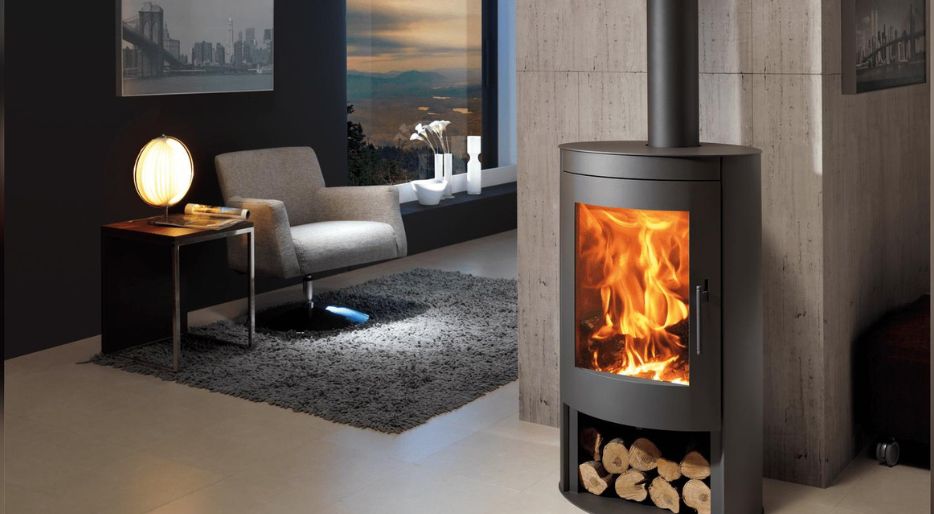
Wood-burning appliances are one of the most demanded products this winter. They are a source of heat for many households. However, it is important to keep in mind that their correct installation and use are crucial to avoid risks and obtain an efficient heat emission.In particular, sealing the chimney pipes is a very important part within that installation process.
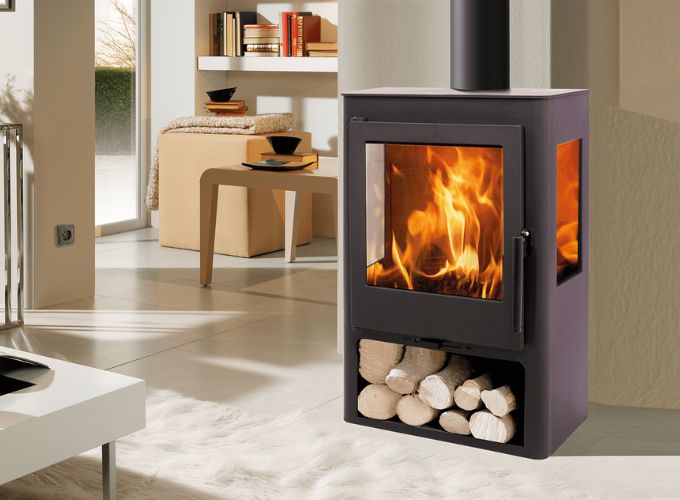
In this post, we will talk about the importance of sealing chimney pipes. We will talk about sealing in stoves according to the Ecodesign 2022 standard. We will also talk about the risks of not doing so, and how to perform the sealing properly. By following the tips we’ll share, you’ll be able to use your wood stove safely and efficiently. Let’s get to it!
It is essential to know what is the correct position of the chimney pipes. Within this point, you must know how to seal the chimney pipes. If this sealing is not done, the gases produced by the combustion can escape through the joints. In addition, the sealing of the pipes ensures proper smoke evacuation.
We recommend you read the post “Why is it important to insulate a chimney pipe?” for more information.
Not sealing chimney pipes properly can have several risks, among them:
Proper sealing of the pipes has the following benefits:
The process of sealing the pipes is not particularly complicated, but we always recommend that it be done by a qualified professional.
Necessary tools:
Steps to seal the chimney pipes:
You should take into account the recommendations of each manufacturer and consult a professional. Here are some tips to keep in mind:
The Ecodesign 2022 standard establishes specific requirements for wood-burning stoves, such as our Panadero stoves. These stoves must meet certain energy efficiency and pollutant emission standards. These wood-burning appliances must have a minimum energy efficiency of 75% and comply with the particulate matter and carbon monoxide emission limits established by the regulation.
![]()
To perform chimney pipe sealing on this type of appliance, it is important to follow the same general steps that apply to all wood stoves, but using materials and tools that meet Ecodesign 2022 standards. This means using sealant and high-temperature adhesive tape that meet the requirements of the regulation, and ensuring that the stove meets energy efficiency and emissions standards.
It is important to note that while sealing the flue pipes is an important step in improving the safety and efficiency of the stove, it is not enough on its own to ensure that the stove meets the Ecodesign 2022 requirements. It is important to ensure that the stove is installed properly and used safely and efficiently.
If you have a wood-burning appliance, we recommend that you make sure the pipes are sealed properly. Use the right tools and materials and follow the steps we’ve outlined in this post. Also, make sure that your stove complies with the energy efficiency and pollutant emissions standards established by the Ecodesign 2022 regulation. If you have any questions or need help installing or using your wood stove, do not hesitate to contact us or leave us a comment.
We remind you that all our stoves comply with Ecodesign 2022 standards!
We hope this post has served as a guide. Take a look at our blog and find solutions and recommendations to help you with your fireplace or wood stove.
Visit our online store for Panadero wood stoves. If you have any questions or need help choosing the right stove, don’t hesitate to contact us. We will be happy to help you.
Articles of interest:
Did you like this article? If so, help us spread it 😊 . Click on the buttons below here and feel free to share it on your social networks!
Thank you for reading!
↓ ↓ ↓ ↓

Although we enjoy the warmth of the fireplace, the odors can be unpleasant. With simple tricks like vinegar, salt, or baking soda, you can keep your home fresh and cozy.
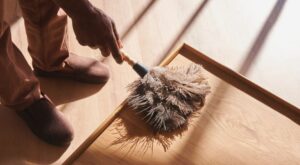
How to avoid dust in the house when using a wood stove: tips and tricks for a clean and healthy home
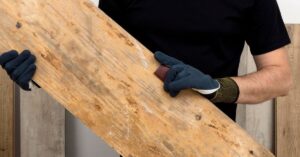
Learn how to remove mould from your wood for use by following the steps in this article.
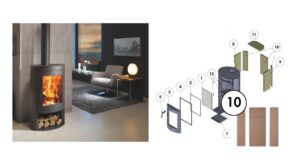
All you need to know: what it is, uses and benefits of wood stoves
To provide the best experiences, we use technologies like cookies to store and/or access device information. Consenting to these technologies will allow us to process data such as browsing behavior or unique IDs on this site. Not consenting or withdrawing consent, may adversely affect certain features and functions.